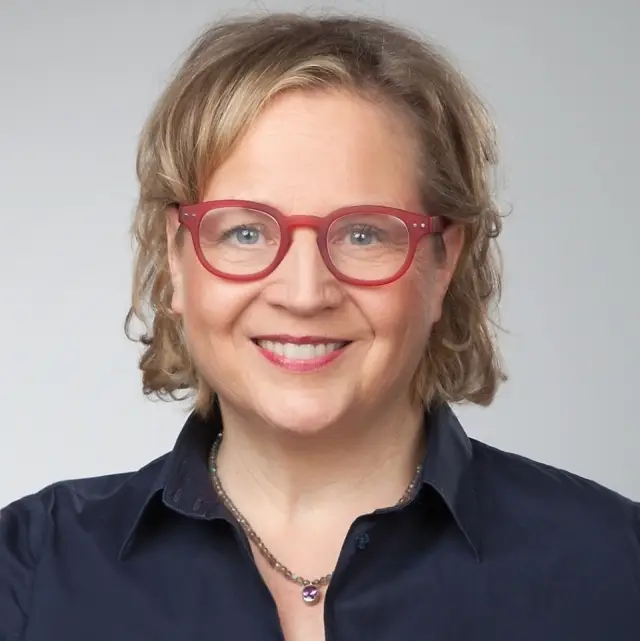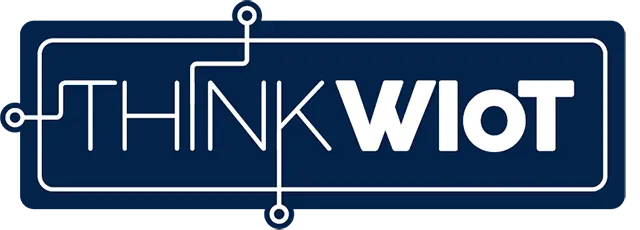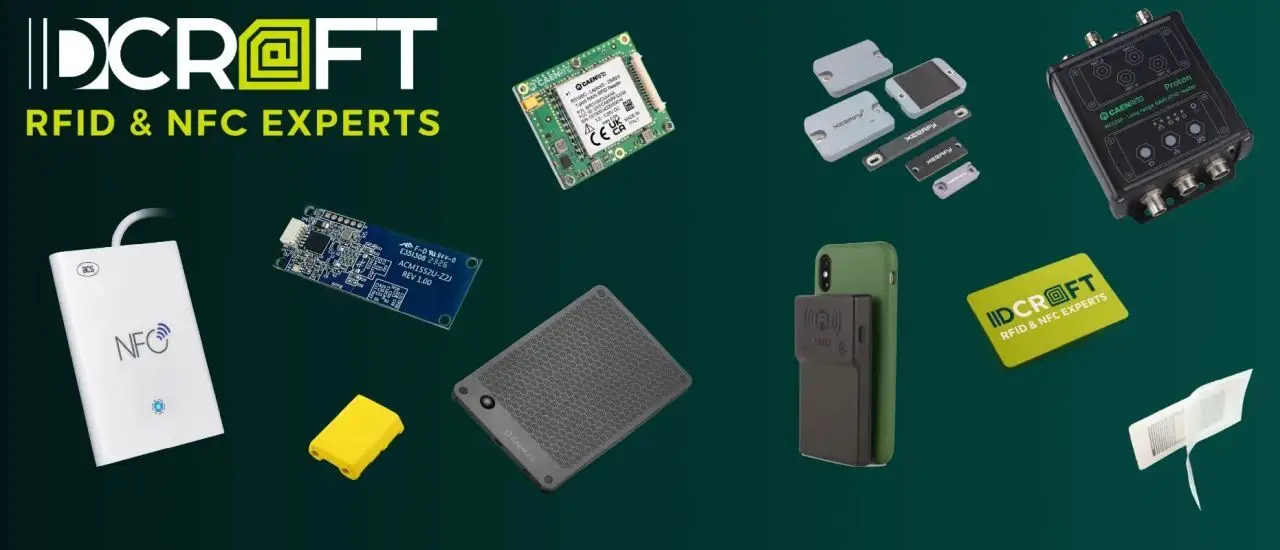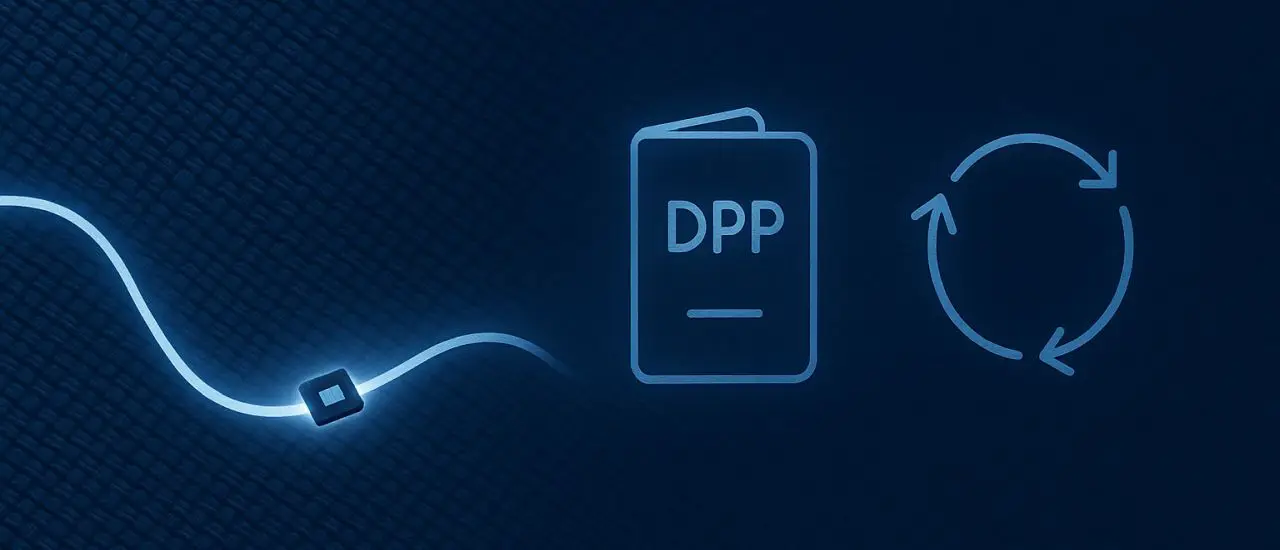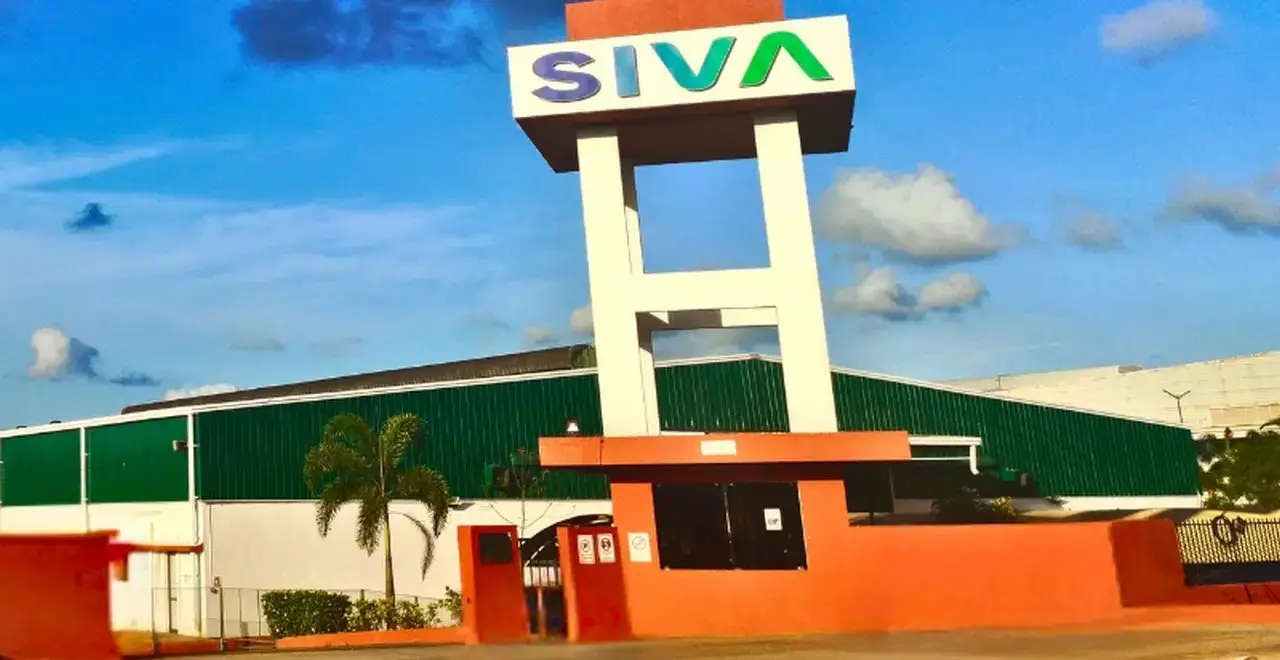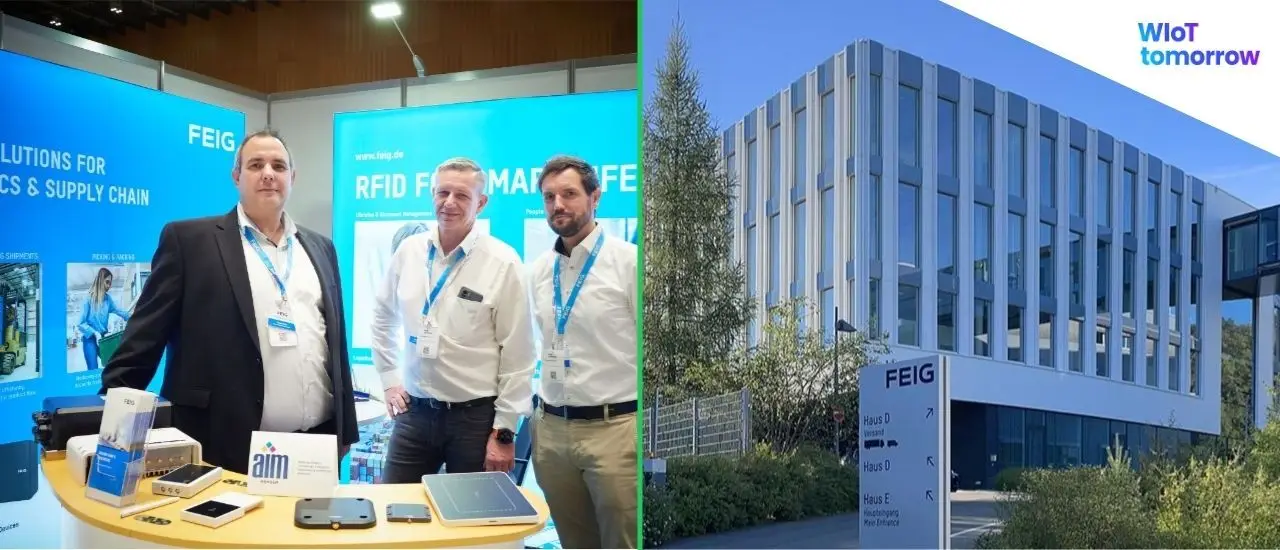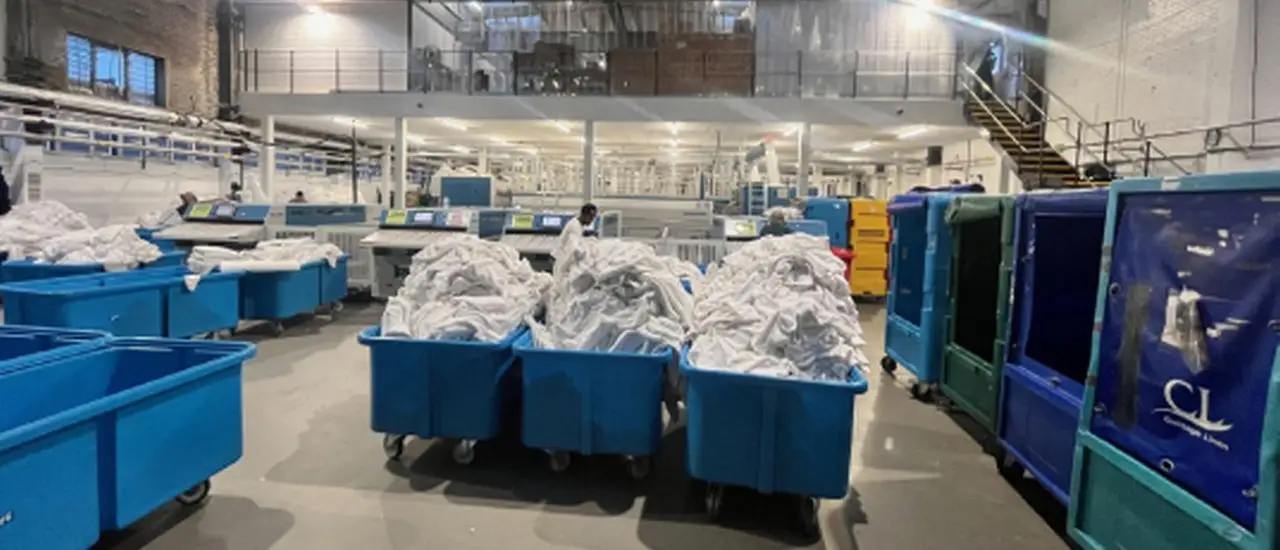IDCRAFT Strategy: RFID Hardware, Services, and Consulting
In this interview, Patrick Kochendörfer, founder of IDCRAFT, talks about his motivation to completely start fresh after 20 years of experience in the RFID industry. He explains the opportunities he sees in the market, the vision behind founding IDCRAFT, and the goals he aims to achieve with the company.
By Anja Van Bocxlaer, Editor-in-Chief, Think WIoT
You spent over 20 years working for an RFID manufacturer. Why did you want to set sail again under your own flag?
Patrick Kochendörfer: I joined iDTRONIC GmbH in 2005 and spent almost 20 years of my life there – with all its highs and lows. I always enjoyed working there and was able to learn a great deal. The expertise I gained at iDTRONIC is the foundation for the path I am on today.
However, at some point, the time came for me to take on a new challenge and to do things differently than I had experienced at iDTRONIC. There, I primarily learned the perspective of a manufacturer – with all its advantages, but also some disadvantages.
With IDCRAFT, we are positioned as an independent distributor, which makes us significantly more flexible. This allows us to act more agilely in many projects and offer our customers different perspectives and solutions.
What goals are you pursuing with IDCRAFT?
Patrick Kochendörfer: IDCRAFT is a hardware distributor for RFID products. Our goal is not only to supply system integrators and resellers with high-quality products but also to support them with our expertise.
In my many years of experience in the RFID industry, I have often seen that while RFID is being used, it rarely forms part of our customers’ core business. This often results in only partial knowledge, which in turn leads to applications not working optimally.
This is exactly where we come in – we support our customers with know-how and hands-on consulting to ensure their projects are implemented reliably and that they can fully leverage the benefits of RFID technology.
Would you say that you are just a distributor or a distributor with IT services?
Patrick Kochendörfer: I like to describe us as a value-added distributor. We don’t just sell hardware in the traditional sense – simple “box moving” – but instead provide our customers with genuine added value.
On the one hand, we forward end-customer inquiries that come to us directly to our partners, namely system integrators. On the other hand, we also support our customers by accompanying them directly to their end customers if desired. We assist with proof-of-concepts, demonstrate possible applications, and explain solutions using real-world use cases. This creates a clear, practical added value.
In addition, together with our partners and suppliers, we develop customized hardware and software solutions. This allows us to address individual requirements precisely and deliver solutions that are perfectly tailored to each specific use case.
What is your short-term strategy for building IDCRAFT?
Patrick Kochendörfer: Our short-term goal is to build a strong ecosystem of partners with whom we can realize projects together. It’s not just about handling requests from system integrators – we also want to be recognized directly by end customers.
We aim to pass these inquiries strategically within our partner network, directing them to those who specialize in the specific application. This way, IDCRAFT can provide the right hardware, while our partners handle the implementation at the customer’s site. In the end, the customer receives the best possible support and a solution perfectly tailored to their needs.
What sets IDCRAFT apart from a pure box mover?
Patrick Kochendörfer: We offer our customers the right hardware with a solution-oriented approach. It’s not about selling the most expensive solution or the largest quantity at any cost. Our goal is to recommend the best hardware for each application – honest and practical.
Along with the hardware, we naturally provide documentation and development kits with the appropriate software. In addition, we offer classic services, ranging from maintenance contracts and repairs to on-site visits, where we work with customers as part of a proof of concept. This even extends into consulting, with paid advisory services when we spend several days on-site.
Another key focus is custom solutions. For example, if a customer needs a reader with a Modbus TCP interface in an IP68 housing, we implement this together with our partners. This ensures our customers don’t just receive products, but tailor-made solutions for their projects.
We aim to be a distributor that provides expert consulting and know-how – not just a pure box mover, as some competitors do.
How is the partner network being built?
Patrick Kochendörfer: My goal is to build a strong partner network. We don’t just want to offer our customers a wide product range, but also tailored consulting. When people hear our name, they should immediately know: This is where I’ll find both products and expertise for automation and digitalization – whether they are an integrator, IT company, or end user.
Electronics and OEM readers in particular require a lot of consultation. For example, when an RFID reader with an industrial interface needs to be integrated into a machine, in-depth consulting is essential. We or our partners need to fully understand where and how the product will be used. Only then can we say: “Yes, this is the right solution” – or alternatively: “You might want to try this option instead.”
The same applies to industrial products in general. Without personal consulting, successful implementation of applications is difficult to achieve.
Our long-term goal is to become the market leader in RFID hardware distribution within the German-speaking region and, beyond that, throughout Europe within the next ten years. We want to be the first point of contact when it comes to finding the right RFID hardware.
Do your partners already cover all essential products – or do you still see gaps in the portfolio?
Patrick Kochendörfer: At the moment, there are still some gaps, but most applications are already well covered. This will change in the near future. The most common areas such as access control, single sign-on, logistics, and industrial applications are already well supported by our portfolio.
What we are currently missing are products with specialized interfaces such as CAN bus, Profibus, or IO-Link. We are already in talks with potential partners and plan to bring them into our network over the course of the year.
We will also be meeting with prospective partners at the WIoT tomorrow on October 22-23 in Wiesbaden, which will be an excellent opportunity to expand our ecosystem further.
Which products and technologies are you focusing on?
Patrick Kochendörfer: Currently, we are clearly focused on RFID technology. However, this doesn’t mean we won’t include barcode scanners or other IoT hardware in the future. For now, our primary focus remains on RFID hardware.
We concentrate mainly on HF, NFC, and UHF. We are observing that low-frequency technologies (125 kHz) are only relevant in a few areas, such as waste management and animal identification. In these segments, there is hardly any new product development. In our view, the future clearly lies in HF, NFC, and UHF – ideally through a combination of these technologies.
This is exactly what we currently see missing in the industry: often, the focus is either on "classic" RFID technology or exclusively on NFC. Instead, more collaboration would be beneficial – for example, between the RAIN Alliance (RAIN RFID) and the NFC Forum, which both address topics like the Digital Product Passport, but usually not together.
At IDCRAFT, we want to set an example and demonstrate that RFID and NFC can work hand in hand, creating innovative, future-proof solutions through their synergy.
How do you view the interaction between HF, NFC, and UHF?
Patrick Kochendörfer: I don’t see NFC and RAIN RFID technologies as opposites, but rather as complementary to each other. NFC refers to HF RFID (13.56 MHz), while RAIN RFID refers to UHF RFID (868 MHz in Europe). Both technologies can complement each other perfectly in certain applications.
However, I question whether UHF really needs to be integrated into consumer smartphones. What added value would it bring? From my perspective, very little. Everything that users need, for example, in the context of the Digital Product Passport, can be implemented with NFC. A reading range of 30 centimeters is not necessary for this.
For consumers, NFC is even the better solution, as it offers much stronger security. Additionally, smartphone manufacturers would need to integrate another antenna alongside those already present for Wi-Fi, Bluetooth, NFC, and 5G.
This indicates that the push for UHF in smartphones is less about actual demand and more about establishing UHF transponder chips on the market.
Will you also be setting up an online shop?
Patrick Kochendörfer: No, we are currently not planning to launch our own online shop. The reason is simple: our products require extensive consultation, and in this industry, price should not be the main focus.
An online shop with visible list prices could quickly create false expectations among end customers, such as assuming that high discounts of 30, 40, or even 50 percent are possible. This doesn’t reflect reality and provides no real value from our perspective.
However, we are working on listing selected products through partners on wholesale platforms. These will primarily include simpler products that can be sold without a significant need for consulting.
In our industry, it's essential to differentiate between product categories:
Some are straightforward and easy to sell online.
Others, such as electronics or OEM readers, are highly complex and consultation-intensive.
Listing these complex products in a generic online shop would not make sense, especially since it's often unclear who is buying them and how they will be used. The same applies to many industrial products, where personal consultation is crucial to ensure successful implementation.
